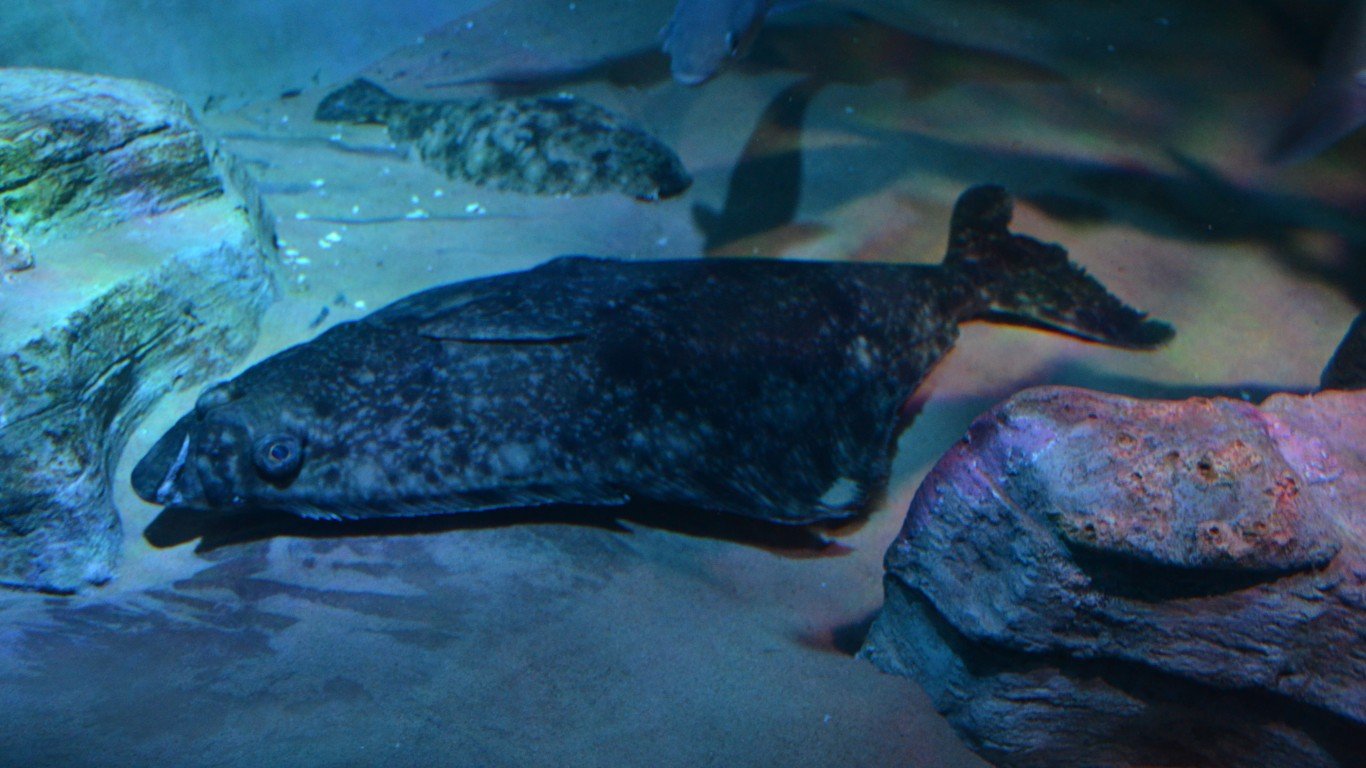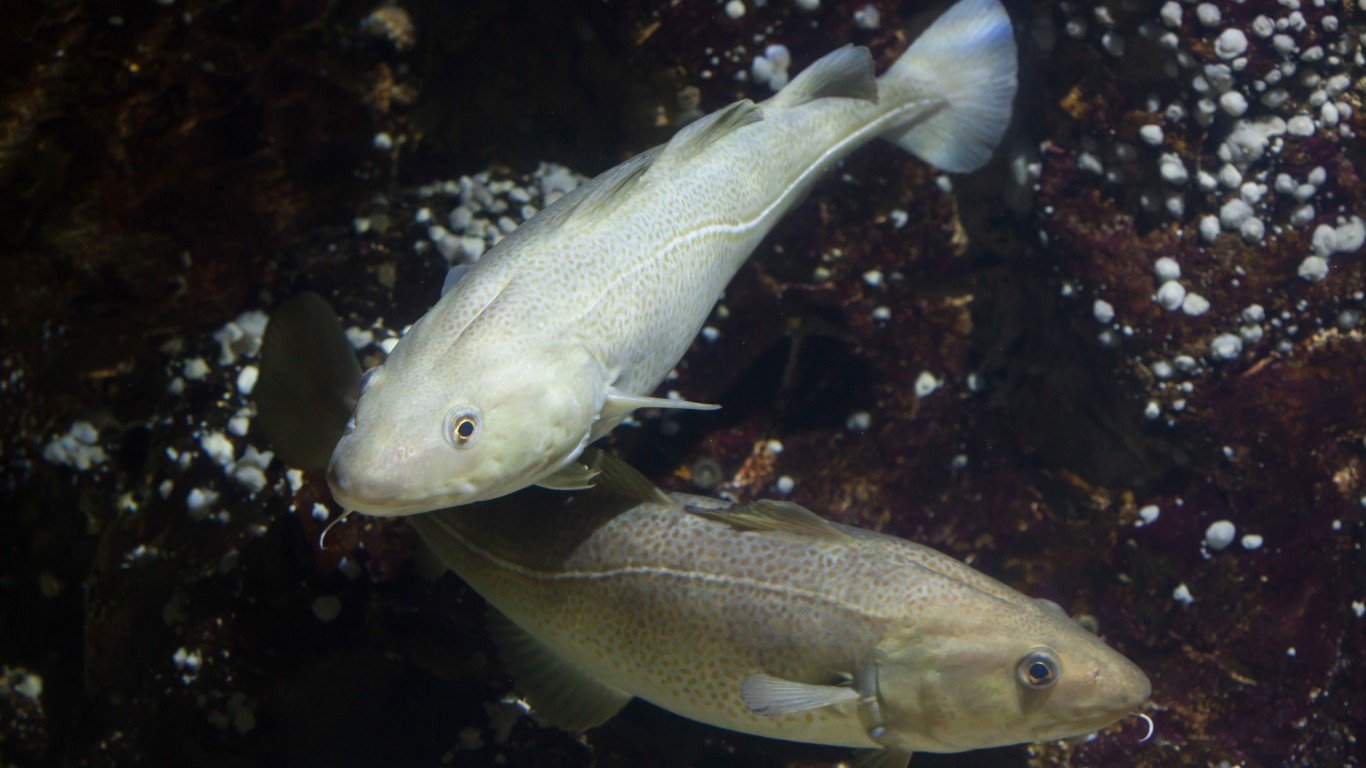
11. Atlantic Cod
> Reason to avoid: Vulnerable to extinction
> Farmed or wild-caught: Wild-caught
Atlantic cod fisheries collapsed in the 1990’s, and 2016 saw their lowest numbers in recent years. Two rebuilding programs for major fisheries are now in progress with a goal of stabilizing populations in this decade, but for now, Atlantic cod — also known as scrod — should be off the table.
12. Atlantic Flatfish
> Reason to avoid: Potentially high in mercury, PCBs, and other contaminants; declining populations
> Farmed or wild-caught: Wild-caught
While Pacific populations of flatfish, such as flounder, sole, and halibut, are generally stable and healthy, their Atlantic cousins suffer from overfishing — though there are current initiatives to rebuild the stocks. The International Union for Conservation of Nature lists Atlantic halibut as endangered. Depending on where they’re fished, these species may also contain substantial quantities of mercury and/or PCBs.
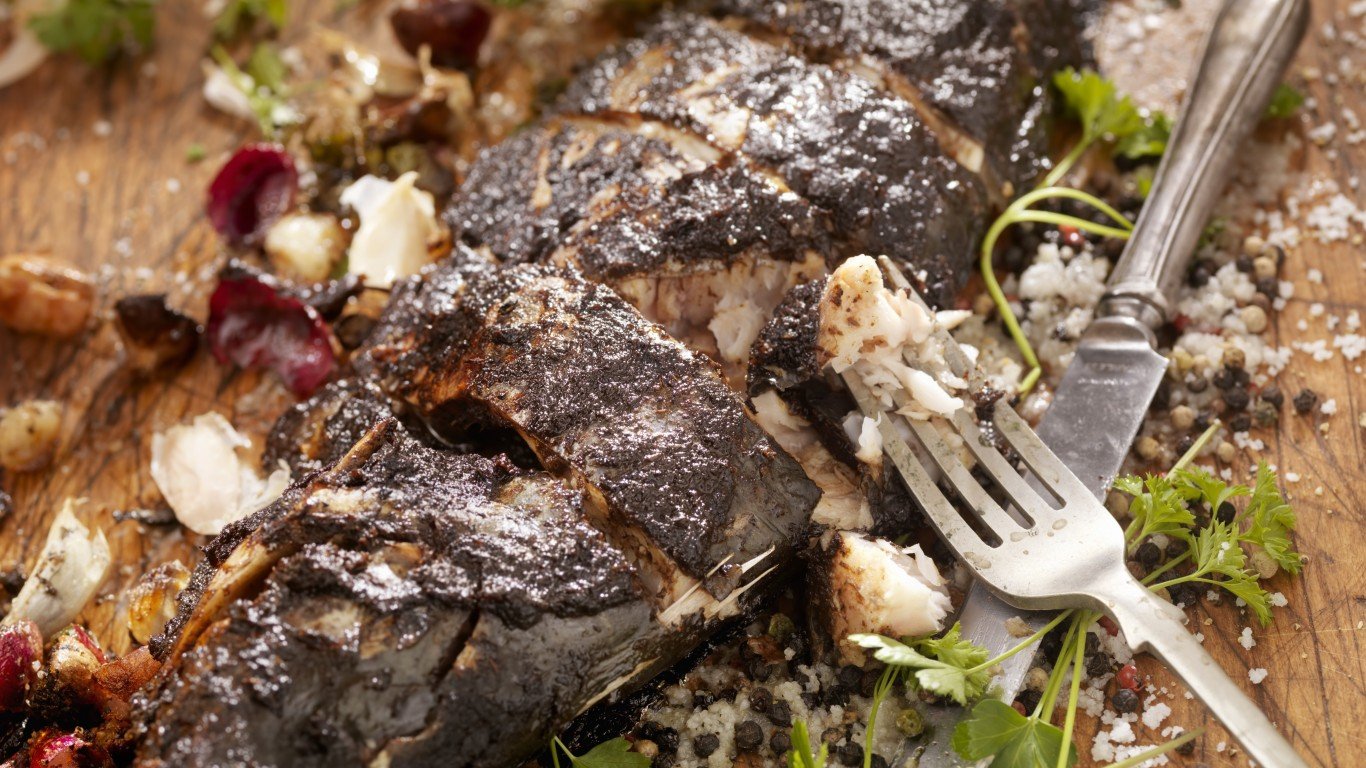
13. Chilean Sea Bass
> Reason to avoid: High in mercury, declining populations, illegal fishing, negative habitat impact
> Farmed or wild-caught: Wild-caught
It isn’t a true bass, it doesn’t always come from Chile, and its original name was Patagonian toothfish, but Chilean sea bass is one of the most popular of food fishes, prized for its delicious meat. Unfortunately, it’s high in mercury and vastly overfished, and its declining numbers potentially affect its marine environment negatively.
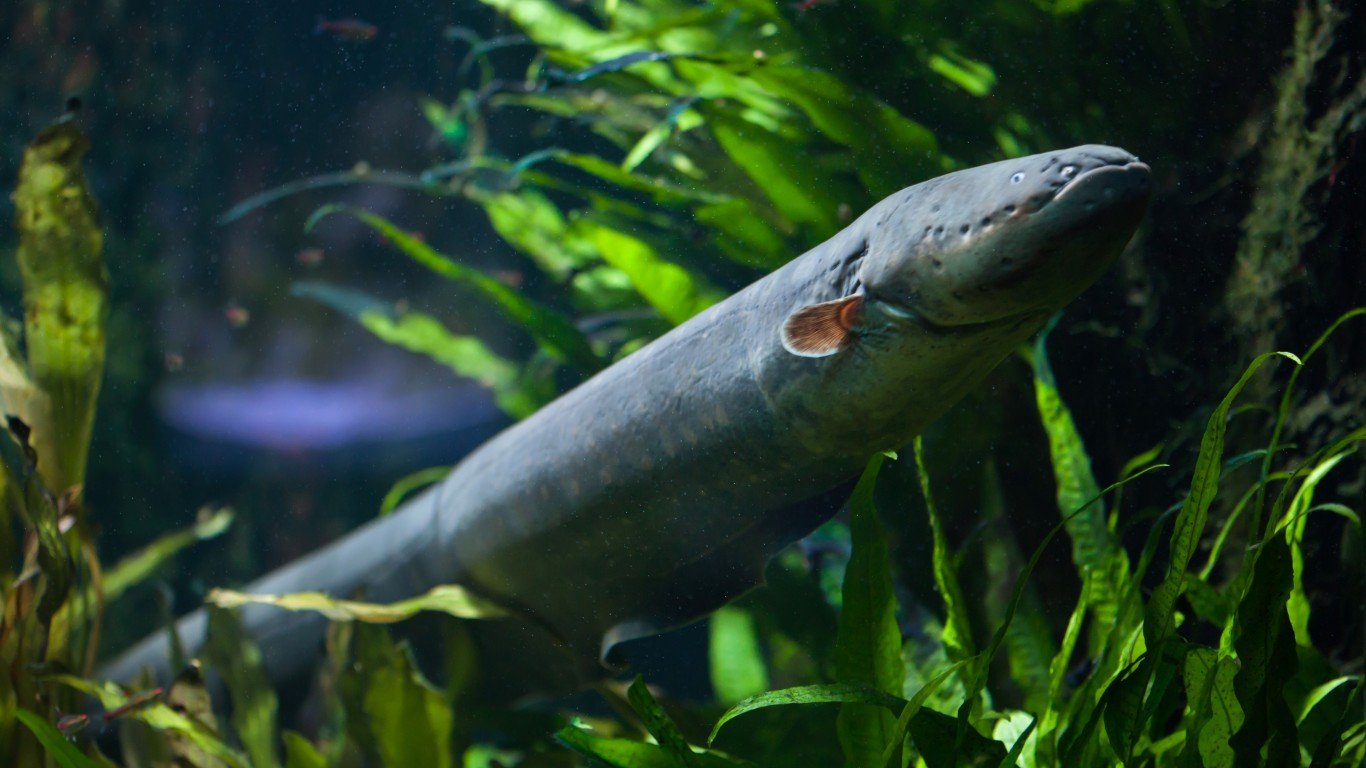
14. Eel
> Reason to avoid: Contaminants, negative habitat impact (farmed), declining populations (wild-caught)
> Farmed or wild-caught: Mostly farmed
With some exceptions, most eel — American, European, or Japanese — is raised under conditions that encourage the use of potentially harmful chemicals, and disease is common. In addition, effluents discharged from eel farms may harm native populations — and overfishing threatens wild eels.
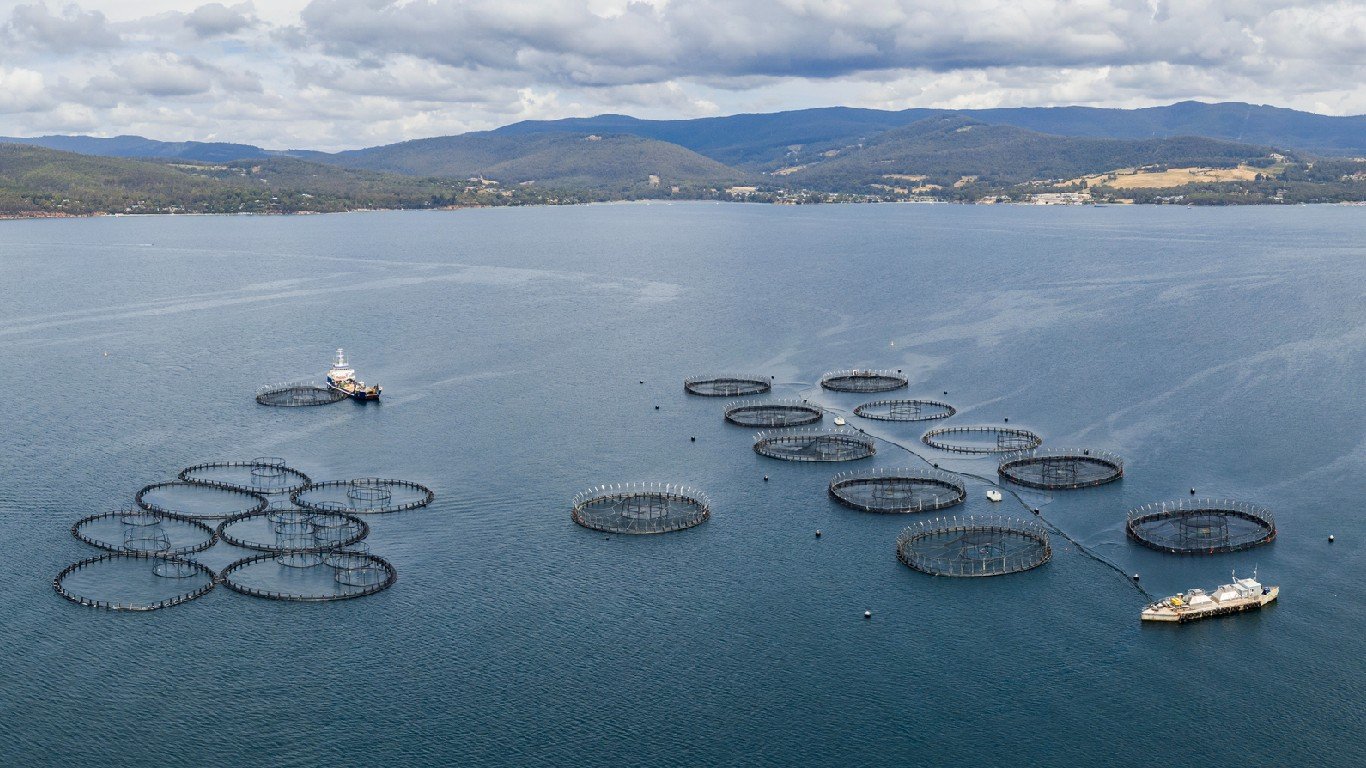
15. Farmed Salmon
> Reason to avoid: High in PCBs and other contaminants, negative habitat impact
> Farmed or wild-caught: Farmed
Often raised in crowded pens, these fish may be fed antibiotics to fend off disease and parasites. They also accumulate PCBs. Parasites and diseases from salmon pens can spread to nearby wild stocks. In addition, farmed salmon is typically fed on other fish, and it takes about three pounds of wild fish to produce one pound of farmed salmon.

